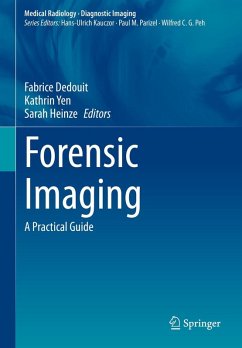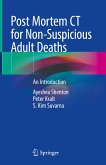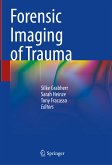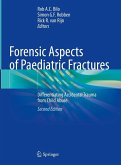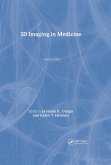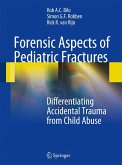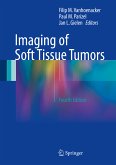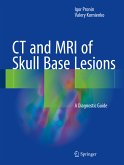This superbly illustrated book examines all aspects of the use of modern post-mortem imaging in forensic investigations, which has flourished since the introduction of multidetector computed tomography and magnetic resonance imaging. Readers will find guidance on the applications of all relevant imaging modalities and contrast media. Analogies and differences between forensic and clinical imaging are highlighted, and it is explained what lessons forensic imaging holds for clinical radiology, and vice versa. The remainder of the book comprehensively documents the typical "normal" post-mortem findings and the imaging presentations in various forms of trauma and nontraumatic forensic cases, including those in which medical liability may be an issue. The authors are radiologists and forensic radiologists from across the world who have extensive experience in post-mortem imaging. The book is primarily intended for forensic pathologists, radiologists, and radiographers seeking practical information on forensic imaging, but it will also be of interest to others, such as lawyers, who encounter this specialty during their professional activities.
Dieser Download kann aus rechtlichen Gründen nur mit Rechnungsadresse in A, B, BG, CY, CZ, D, DK, EW, E, FIN, F, GR, HR, H, IRL, I, LT, L, LR, M, NL, PL, P, R, S, SLO, SK ausgeliefert werden.

